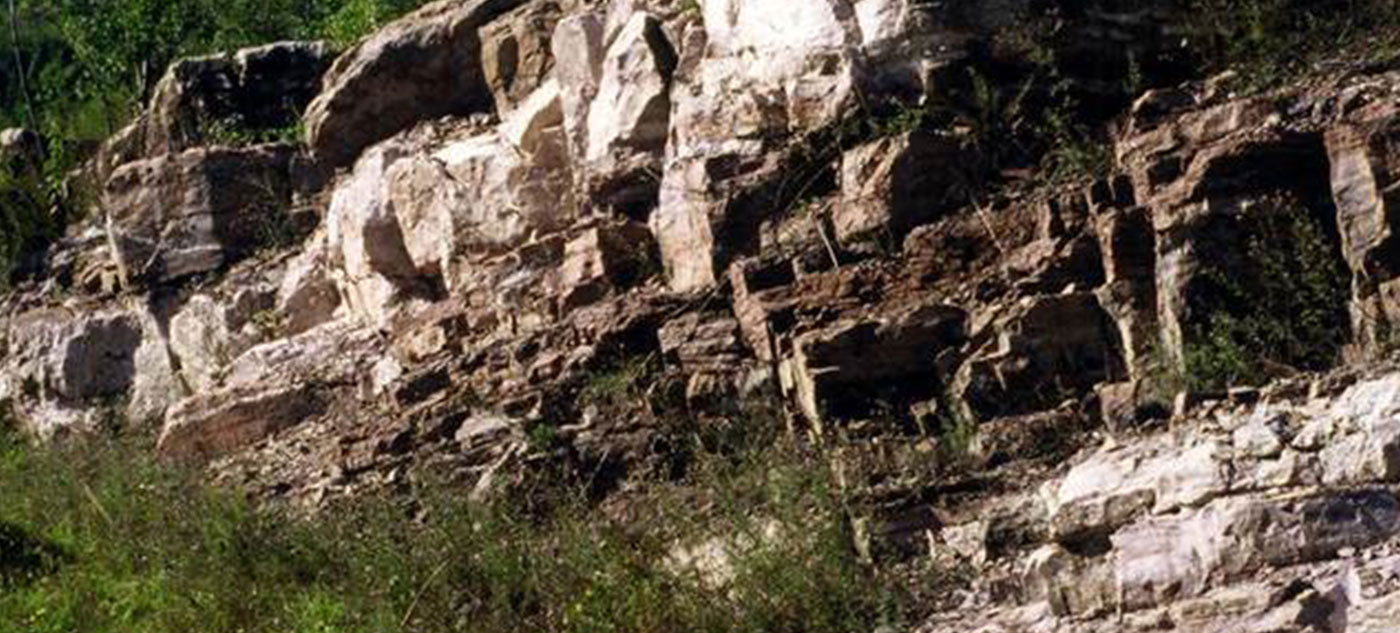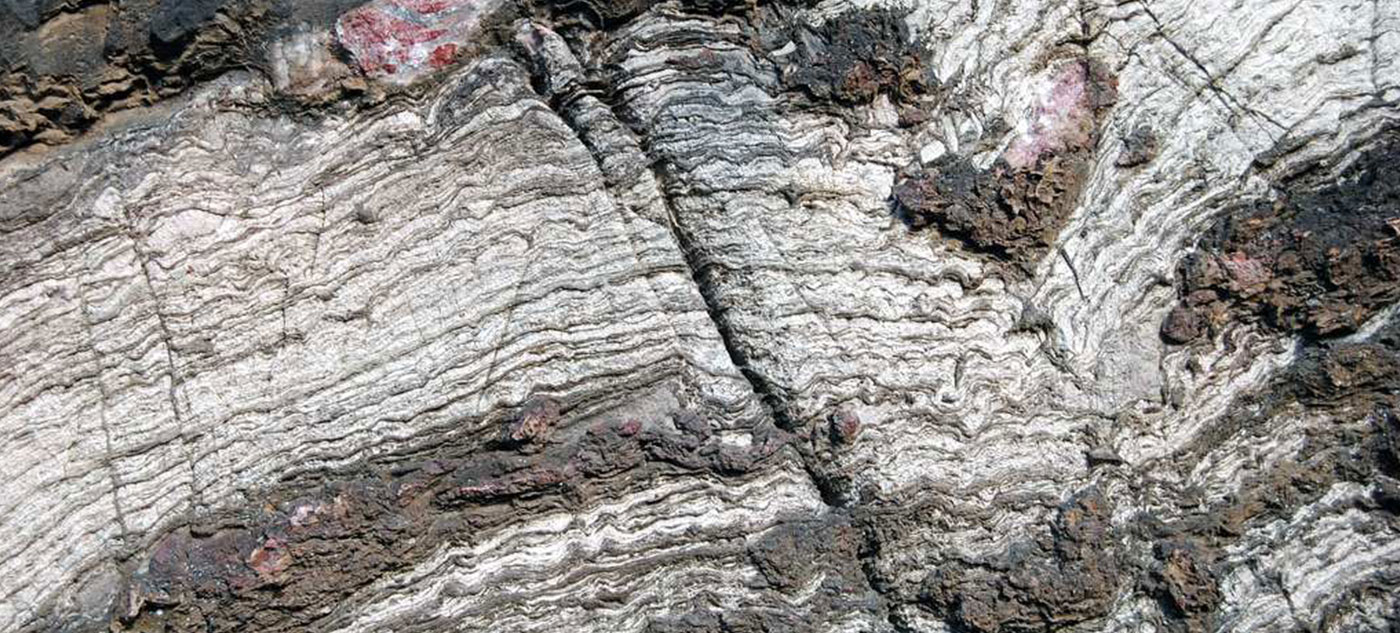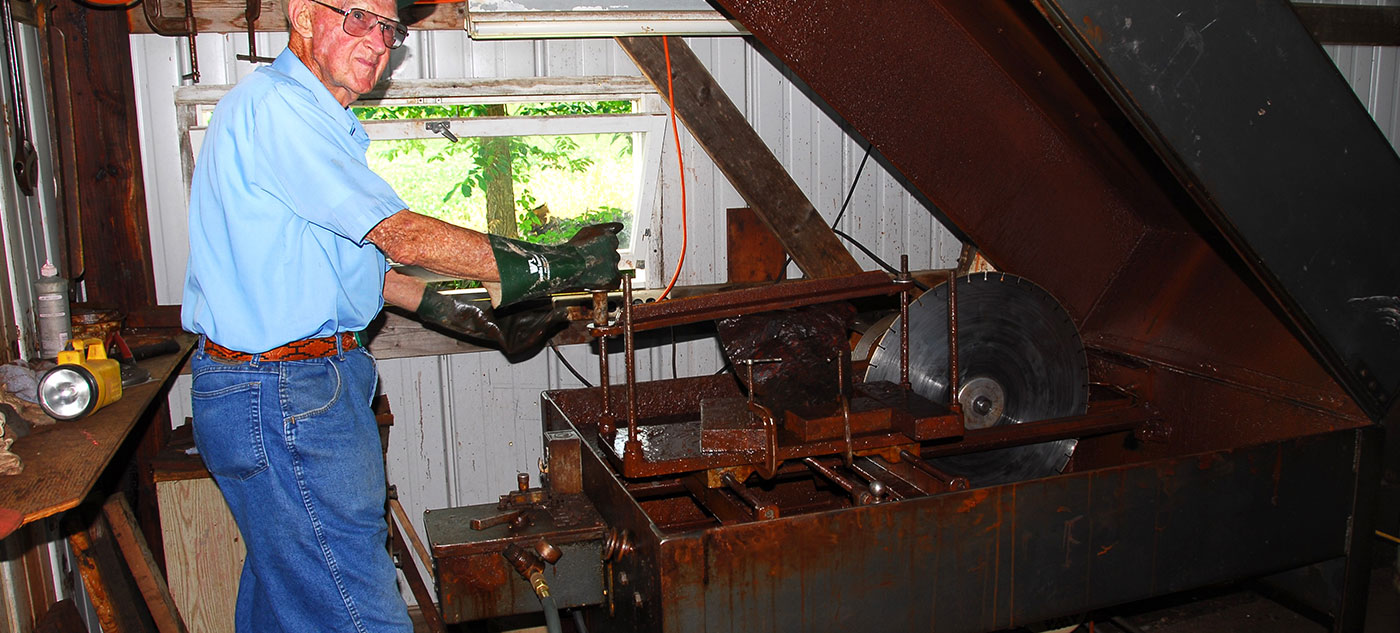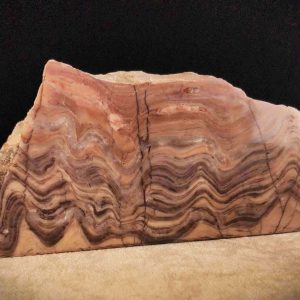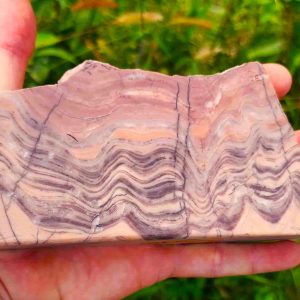Kona Dolomite
Swipe the photo above to view more images of the site
The Most Ancient Fossils
What if someone asked you to name the oldest fossil on Earth? You’d likely come up stymied. Don’t feel bad, most people have no idea. But after reading this you’ll be prepared for the next social gathering when, inevitably, that question will come up. Imagine yourself the admiration of the audience when you say “Stromatolites, of course!” So let’s dig into that and give you some background: We’ll start with reefs. When we say “reefs” most people think of coral reefs in the oceans – those large, impressive structures built by colonial Anthozoans that have been around for 500 million years. But did you know that reef-building was invented billions of years prior to the first corals? The fossils you see here are from one of the oldest and largest reef systems in the world – the Kona Reef – which was constructed by colonial bacteria (stromatolites)in shallow oceans about 2.3 billion years ago. These are the oldest fossils in North America (in fact they are the oldest fossils anywhere outside of Australia) and are the oldest fossils you can legally own. The Kona Reef eventually covered thousands of square miles in what is now northern Michigan, Wisconsin, and southern Ontario.
How They Formed
Kona Dolomite was formed as a large reef in a shallow sea about 2.3 billion years ago. They are the result of photosynthesizing bacteria (stromatolites) that built hard housing structures by cementing grains of sediment into layers and piling them up into towers that grew upward toward the sunlight. The reef eventually got buried under thousands of feet of sediment, the heat and pressure of which caused the original stromatolite structure to alter and become colored by surrounding minerals. Later, during the Ice Age, glaciers carved off the overlying rock, exposing the ancient reef and that’s where we find these fossils today. Stromatolites formed the first biologic reefs and are largely responsible for creating the first oxygen atmosphere. They were the dominant life form on Earth for over 3 billion years! They still exist today, but are nearly extinct. We collect these ancient fossils from the type locality of the Kona Hills in northern Michigan. We then cut and polish them to reveal the beautiful patterns of the structure.
-
Kona Dolomite (KONA9)
Notes specific to this specimen: This is an excellent sliced section showing multiple stromatolite colonies with distinct layers (laminae). The clear layering is unusual for this slightly metamorphosed material. It has a smooth back and a flat bottom so it stands up nicely.
SIZE: 6″ x 3″ x 1″
NAME: Collenia kona
AGE: Paleoproterozoic Era 2.3 billion years
UNIT: Kona Formation
SITE: Kona Hills, Michigan
DATE: 2023Documentation: This authentic fossil specimen comes with a Certificate of Authenticity and Origin. In addition, an attractive and informative display card accompanies the specimen.
$245.00Kona Dolomite (KONA9)
$245.00 -
Kona Dolomite (KONA10)
Notes specific to this specimen: This is an excellent sliced section showing multiple stromatolite colonies with distinct layers (laminae). The clear layering is unusual for this slightly metamorphosed material. It has a smooth back and a flat bottom so it stands up nicely.
SIZE: 6″ x 3″ x 1″
NAME: Collenia kona
AGE: Paleoproterozoic Era 2.3 billion years
UNIT: Kona Formation
SITE: Kona Hills, Michigan
DATE: 2023Documentation: This authentic fossil specimen comes with a Certificate of Authenticity and Origin.
$185.00Kona Dolomite (KONA10)
$185.00

